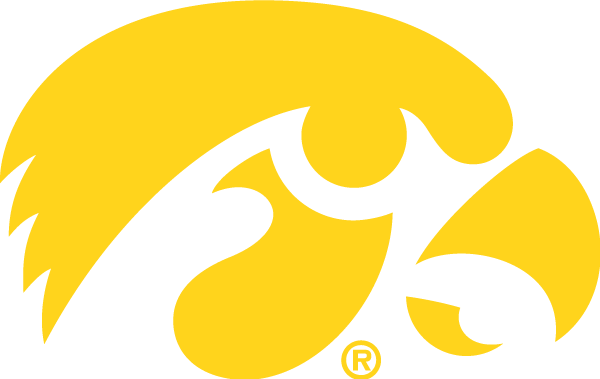Dec. 18, 2010
Editor’s Note: The following first appeared in the University of Iowa’s Hawk Talk Daily, an e-newsletter that offers a daily look at the Iowa Hawkeyes, delivered free each morning to thousands of fans of the Hawkeyes worldwide.
IOWA CITY, Iowa — At this time, the coaching staff at Missouri is learning all it can about Iowa running back Marcus Coker. Likewise, the coaching staff at Iowa is learning all it can about Missouri running backs De’Vion Moore and Henry Josey.
Both sides should take a break and educate themselves about a bold pioneer from the late 1800s. His name was Frank Holbrook and he is much more significant to the Iowa-Missouri football rivalry than a canceled game contract or a 60-minute meeting in the 2010 Insight Bowl.
The eastern Iowa town of Tipton has produced a handful of Hawkeye football players. One was Mearl Naber, who lettered in 1948 and ’49. Another was defensive lineman Chad Geary, who wore the Black and Gold from 2006-09. The first was Holbrook, who earned a varsity letter in 1895 and ’96. He was a football and track star at Tipton High School before attending the State University of Iowa, where he continued his athletic brilliance.
Holbrook was black.
How great of an athlete Holbrook was may never be known because of the era in which he played. By all accounts, he was a phenomenal talent in both football and track and field. Although he is certainly deserving of any and all athletic accolades, perhaps the most notable reason for his acclaim is the fact that Holbrook was not only the first black graduate of Tipton High School, but he was also the first black intercollegiate athlete at the University of Iowa. The color of his skin became an issue when Iowa traveled to Columbia for a football game in 1896.
|
The Hawkeyes (and more importantly Holbrook) kept their cool and won the game, 12-0 — including a touchdown by Holbrook. Iowa refused to play Missouri again until 1902 and they have met on the gridiron just seven times in the 1900s.
|
Holbrook’s physical abilities, combined with the fact he was black, made him one of the most popular athletes in school history. Because he gained his fame before 1900, however, is the primary reason he is often overlooked.
Holbrook, who received the nickname Kinney from his teammates, lettered in track and football for Iowa in 1895. To save money, Iowa did not hire a head football coach and practices were disorganized and the 1895 Hawkeyes posted a 2-5 record. In 1896, Iowa hired former Pennsylvania star A.E. Bull as head coach and the Hawkeyes finished 7-1-1. Holbrook was Iowa’s leading ball carrier in 1896, as well as its best defender and a top sprinter in track. Being a black athlete at that time made Holbrook a target for opposing teams.
The Hawkeyes opened the season with Holbrook rushing for four touchdowns during a 32-0 win against Drake. After losing 6-0 at Chicago, Iowa finished the season 6-0-1 with victories against Kansas, Wilton, Missouri, Grinnell, Des Moines YMCA and Nebraska, as well as a 0-0 tie against the Cornhuskers.
The most documented game of the season was against Missouri. The University of Iowa’s student newspaper wrote that “probably never in the history of professionalism or amateur sports, either east or west, has such a disgraceful exhibition been given as that at Columbia, when the football teams of the Universities of Missouri and Iowa attempted to play their league game.”
Members of the Missouri crowd reportedly brought clubs and canes to the game and repeatedly chanted, “The Tigers will kill the negro!” When Holbrook tackled a favorite Tiger player, the canes and clubs in the crowd were exposed and ready. When Holbrook reportedly made numerous brilliant tackles and runs, the opposing players were encouraged with cheers of “kill him, kill him!” The Hawkeyes (and more importantly Holbrook) kept their cool and won the game, 12-0 — including a touchdown by Holbrook. Iowa refused to play Missouri again until 1902 and they have met on the gridiron just seven times in the 1900s.
Iowa won the Western Interstate Conference championship in 1896 after defeating Nebraska 6-0 on Nov. 28. Holbrook finished the season with 12 touchdowns.
In July, Holbrook was elected into the Cedar County Sports Wall of Fame. Accepting on his behalf at the Cedar County Fair in Tipton were Paul Federici, director of football operations, and Rick Klatt, associate athletics director for external affairs.
The college football landscape has changed greatly since the days of Holbrook. Still, his story and what he endured should never be forgotten.

